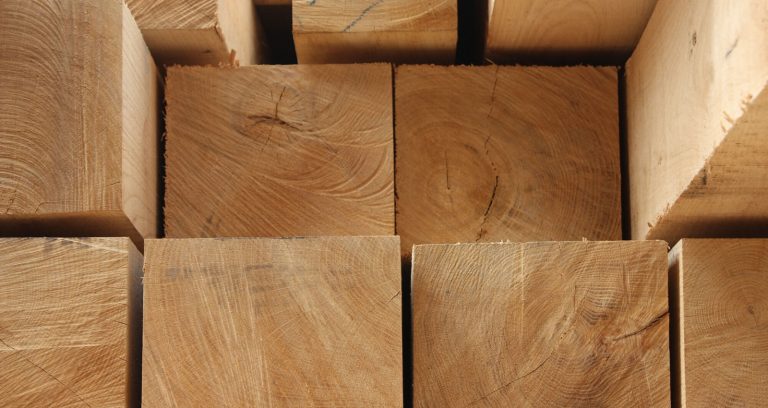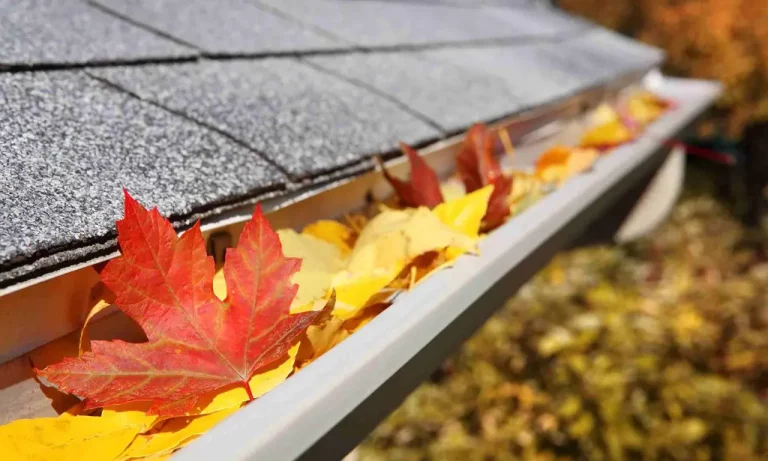Your home is a significant investment, and protecting it from the elements is crucial. While many focus on roofs and foundations, gutters are often overlooked. These unsung heroes direct rainwater away from your property, preventing potential problems. But how often do they need attention? This guide will explore the importance of regular gutter maintenance, signs of overdue cleaning, and a seasonal breakdown to keep your gutters in top condition. At The Gutter Guys, we ensure your home receives industry-leading protection. Why Gutter Cleaning is Essential Neglecting your gutters can lead to a host of costly and frustrating issues. Understanding the critical role they play in home protection highlights why regular cleaning is not just a chore, but a necessary investment. Protecting Your Home’s Foundation Clogged gutters cause rainwater to overflow, pooling around your home’s foundation. This saturation can erode soil and lead to costly foundation cracks, compromising structural integrity. Properly functioning gutters divert water away, safeguarding your home’s foundation. Preventing Roof Damage Clogged gutters can damage your roof. Water backing up under shingles leads to rot in fascia boards and eaves. In colder climates, trapped water can freeze, forming destructive ice dams that lift shingles and cause attic leaks. Regular gutter cleaning prevents these backups, extending roof life and preventing costly repairs. Pest Control Debris-filled gutters create an inviting habitat for various pests. Leaves, twigs, and standing water provide ideal breeding grounds for mosquitoes, while rodents, birds, and insects can build nests in the accumulated muck. These pests can then find their way into your attic or walls, creating infestations that are difficult and expensive to eradicate. A clean gutter system eliminates these attractive nesting sites, helping to keep unwanted critters away from your home. Maintaining Curb Appeal Beyond the structural and pest-related issues, overflowing and dirty gutters simply look bad. Streaks of dirt and grime on your siding, sagging gutters, and visible debris can significantly detract from your home’s aesthetic appeal. Regular cleaning ensures your home looks well-maintained and cared for, preserving its curb appeal and potentially its market value. Factors Influencing Gutter Cleaning Frequency While a general guideline exists, the precise frequency of gutter cleaning can vary significantly based on several environmental and structural factors unique to your property. Local Climate and Weather Patterns Homes in regions experiencing heavy rainfall, frequent storms, or significant snowfall will naturally require more frequent gutter maintenance. Areas prone to high winds can also see more debris accumulate quickly. Conversely, drier climates might allow for less frequent cleaning, though it’s still essential to prevent dust and occasional debris from building up. Surrounding Vegetation This is perhaps the most significant factor. If your home is surrounded by deciduous trees, especially those that shed a lot of leaves, seeds, or pine needles, your gutters will clog much faster. Homes with fewer trees nearby might only need cleaning once or twice a year, while those nestled among dense foliage could require attention every few months, or even more frequently during peak shedding seasons. Gutter Guard Installation Many homeowners opt for gutter guards to reduce the frequency of cleaning. While effective at keeping out larger debris like leaves and twigs, gutter guards are not maintenance-free. Smaller particles, shingle grit, and pine needles can still accumulate, and the guards themselves can become clogged, requiring occasional cleaning. They can extend the time between cleanings but do not eliminate the need for maintenance entirely. A Seasonal Gutter Cleaning Guide To simplify the process, consider a seasonal approach to gutter maintenance. This ensures your gutters are prepared for the specific challenges each time of year presents. Spring Cleaning (March – May) After the winter thaw, your gutters will likely be filled with debris from winter storms, including fallen twigs, shingle grit, and any lingering leaves. Spring cleaning is crucial to clear out this accumulation and prepare your system for the heavy rains of spring. This is also an excellent time to inspect for any damage caused by ice or snow. Summer Maintenance (June – August) Summer often brings less leaf fall, but it can be a time for seeds, small branches, and even bird nests to accumulate. If you have trees that produce seeds, such as maple or oak, you might find your gutters quickly becoming blocked. A mid-summer check can prevent blockages before the heavier rains of late summer or early fall. Fall Preparation (September – November) This is arguably the most critical cleaning of the year. As deciduous trees shed their leaves, your gutters can quickly become overwhelmed. A thorough cleaning in late fall, after most of the leaves have fallen, is essential to ensure your gutters are clear and ready to handle winter precipitation without backing up. This cleaning helps prevent ice dams and protects your roof and foundation during the colder months. Winter Checks (December – February) While full cleaning might not be necessary, it’s wise to perform visual checks during winter, especially after heavy snowfalls or ice storms. Look for signs of ice dams or significant blockages. However, prioritize safety: if you’re uncomfortable on a ladder in icy conditions, it’s best to wait for warmer weather or call a professional. Addressing potential issues before they worsen can save significant trouble. Signs Your Gutters Need Immediate Attention Sometimes, your gutters will tell you they need help before your scheduled cleaning. Recognizing these warning signs can prevent minor issues from escalating into major problems. DIY vs. Professional Gutter Cleaning When it comes to cleaning your gutters, homeowners often face a choice: tackle the job themselves or hire a professional. While DIY might seem like a cost-saving option, there are significant considerations. Risks of DIY Cleaning gutters involves working at heights, often on ladders, which presents inherent safety risks. Falls are a common cause of home injuries. Furthermore, improper cleaning techniques can damage your gutters or roof. Without the right tools, it’s also challenging to perform a thorough cleaning, potentially leaving behind debris that will quickly lead to new clogs. Benefits of Professional Gutter Cleaning Hiring a professional gutter cleaning











